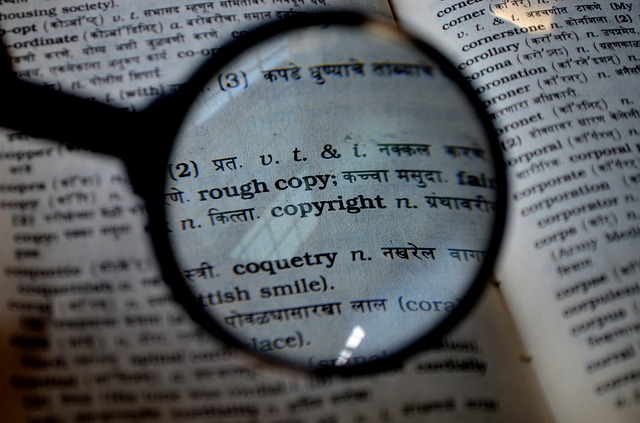It’s important that students understand copyrights and how to avoid infringing on them in their academic work. This article will explain the origins of copyright laws, how they work, and what you need to be aware of to avoid any problems.
Most authors who are concerned about their works will display a copyright symbol and the year they wrote their material along with their name, such as © 2015 Sherman Morrison. But copyright laws didn’t always exist. They didn’t really come into play until the printing press gained in popularity during the late 15th century.
The first licensing law that was a forerunner to copyright laws appeared in England in The Licensing Act of 1662, which mostly just granted a monopoly to printers for the production of books.
[Tweet “The first licensing law appeared in England in The Licensing Act of 1662.”]
In 1710 this was replaced by the Statute of Anne, which more specifically granted something similar to modern copyrights for authors. The protection lasted for 14 years and could be renewed for another 14 if the author was still alive at expiration of the first period.
In the United States, the Constitution specifically grants Congress the power to pass laws about authorship rights, and the first such law was the Copyright Act of 1790. It was similar in the English law as it provided 14 years of protection that could be renewed for another 14 years. It has undergone major revisions since then into its current form, which provides protection to authors throughout their entire lives plus 70 years after death. If an author is hired to produce a work (this is called work for hire), then the copyright will usually be with the person or group who hired the author and will last for 120 years after creation or 95 years after publication, whichever is shorter. To see more specific information around the duration of copyrights in your country, you can check out Wikipedia’s List of countries’ copyright lengths page.
Copyright as a form of protection for original works of authorship includes literary, dramatic, musical, architectural, cartographic, choreographic, pantomimic, pictorial, graphic, sculptural, and even audiovisual creations. It literally means right to copy in that other people aren’t allowed to do so without the permission of the author.
Perhaps the biggest misunderstanding around copyright is that if you don’t see any copyright, then there must not be one, which means the work is public domain, right? Wrong! Here’s the think about copyright protection: It exists automatically from the moment a work is created, and there doesn’t have to be any notification of it. You also don’t have to file any paperwork to enjoy copyright protection, although you can if you wish. These kinds of rules vary, however, by country, so it’s always worth checking out your own country’s guidelines on these issues. If you can confidently determine that the copyright on something has expired, then it has officially entered the public domain, which means the material may be used freely. You can also make free use of anything if the author of the work has explicitly put it in the public domain even though it would normally have automatic copyright protection.
Why should students be concerned about copyright infringement, to begin with?
- First and foremost you want to avoid plagiarism in your academic writing and assignments, which is why you should always cite and properly reference any quotes you use from anyone else’s copyrighted material.
- In addition, you could be liable for thousands of dollars in damages if an author decides you unfairly reproduced their material and sues you. This would be unusual, but it could happen, so it’s worth protecting yourself. Violating copyright laws is also a crime, which means you could face substantial fines and even incarceration.
Perhaps the most important thing to keep in mind is that copyright laws apply to material that is on the Internet, not just physically published material. Just because the information is from a website doesn’t eliminate the need to properly cite and reference sources used in your academic writing.
It’s not always easy to determine if a given work is still under copyright protection or not, or if a work is truly in the public domain. Because of this, and the potential penalties that can result from violating copyright laws, your best course of action is always to properly cite and reference anything you use that comes from another person. This is one area in which it is better to err on the side of safety.




